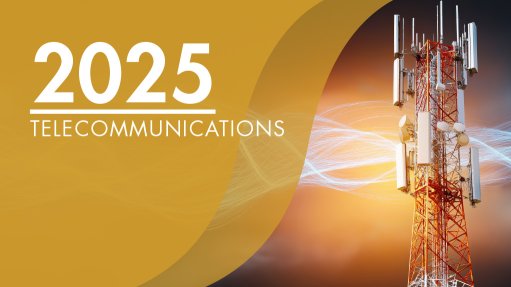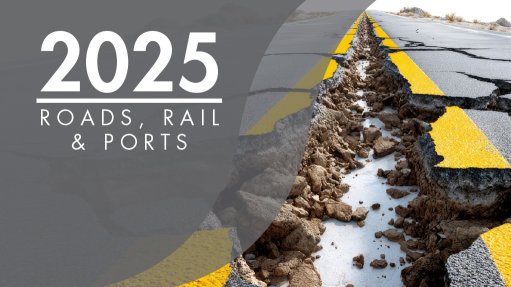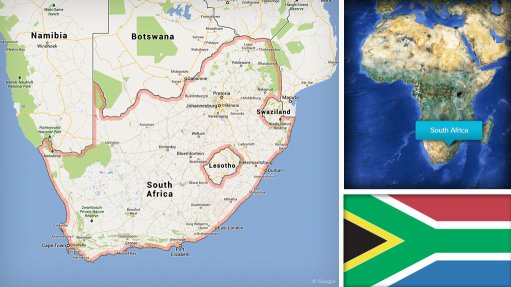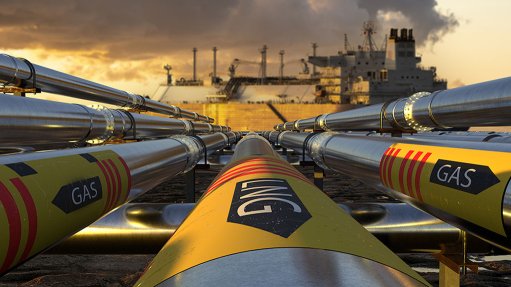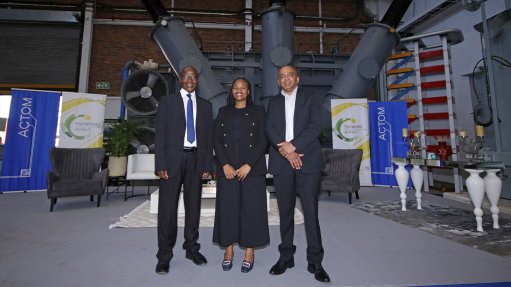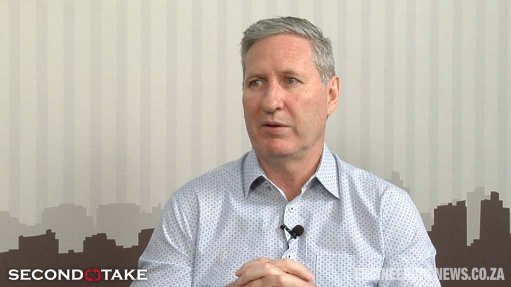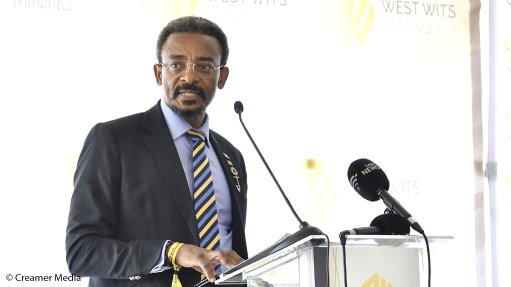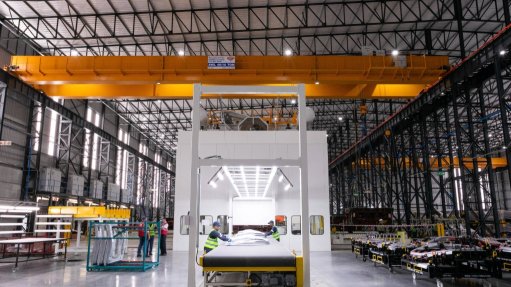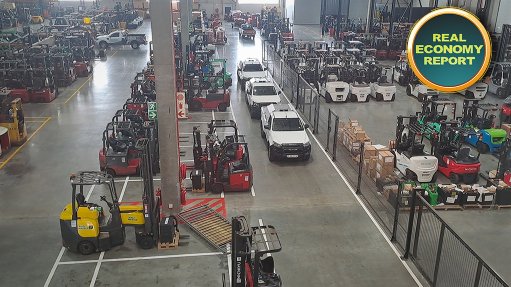Raising a glass
A glass or a glass tariff? Now, what type of glass and, for that matter, is it actually a tariff? It might well be a bit premature for you to provide an answer.
As for glass manufacturing, can desert sand be used in the process? In a word, ‘yes’ – it can be used, as long as it is primarily composed of quartz (silica), which is the main ingredient needed for glass production. However, not all desert sand is suitable and, depending on its composition, additional processing might be required to achieve the desired glass quality. The main ingredients for glass are sand (70%), soda ash (18%) and limestone (12%).
So, can the sand from the Kingdom of Saudi Arabia’s deserts be used to make glass? It can indeed. What about sand from the United Arab Emirates (UAE)? It can, too, especially sand from Abu Dhabi. The UAE’s seven emirates are Abu Dhabi, Ajman, Dubai, Fujairah, Ras Al Khaimah, Sharjah and Umm Al Quwain.
In case you were wondering about the Sahara desert – don’t think that it has not been thought of; the sand is unsuitable for glass making. Closer to home, sand from Namibia, particularly from certain deposits in the northern part of the country, can be used. However, further beneficiation may be required to remove impurities before the sand is used in glass production.
The obvious question, for which I do not have the answer, is whether desert countries have a competitive advantage in glass manufacture.
As for glass in the context of this column, it is clear float glass of a thickness of 2.5 mm or more, but not exceeding 6 mm, divided into float glass with thicknesses of 3 mm, 4 mm, 5 mm and 6 mm, for which a sunset review investigation was launched by the International Trade Administration Commission of South Africa (Itac) and announced in the Government Gazette of January 31.
The sunset review is about the antidumping duties, not ordinary customs duties or tariffs, on glass originating in or imported from Saudi Arabia and the UAE.
On June 7, 2024, Itac notified “interested parties” (it should, factually, be singular) that, unless a substantiated request is made indicating that the expiry of the antidumping duties would likely lead to the continuation or recurrence of dumping and injury (it should, factually, be material injury) the antidumping duties would expire on February 6. Hence, the initiation of the sunset review prior to this date.
The application was lodged by PFG Building Glass, a division of PG Group, the only producer of glass in the Southern African Customs Union region. PFG apparently submitted sufficient evidence and was able to establish a prima facie case to enable Itac to reasonably conclude that a sunset review investigation should be initiated.
The prevailing antidumping duties for Saudi Arabia are 23.9%, while the country- specific dumping margin was determined to be for 3 mm (21.56%), 4 mm (26.93%), 5 mm (27.49%), and 6 mm (24.85%).
The prevailing antidumping duties for the UAE are 16.8%, while the country- specific dumping margin was determined to be for 3 mm (39.38%), 4 mm (38.90%), 5 mm (38.52%), and 6 mm (38.59%). Interestingly, in the instance of the UAE, although the antidumping duty rates are the same, the notice calls out a company called Guardian Zoujaj. Why is that?
Guardian Zoujaj states on its website: “National Company for Glass Industries (Zoujaj) is a public shareholding company established in Riyadh, Saudi Arabia, in 1991. “We are a joint venture with Guardian Glass, a leading glass manufacturer based in the US. Under the name of Guardian Zoujaj International Float Glass Company, Guardian RAK in Ras al Khaimah, UAE, and Saudi Guardian International Float Glass Company Limited in Jubail, Saudi Arabia, together, we are committed to advancing the glass industry and leading the way in sustainable manufacturing practices.” So, why is Guardian Zoujaj not called out in the Saudi Arabia antidumping duties?
It appears that Guardian Zoujaj International Float Glass does have a presence in the UAE Al Jazira Al Hamra Free Trade Zone. Still, it is not evident whether it is a manufacturing facility.
Article Enquiry
Email Article
Save Article
Feedback
To advertise email advertising@creamermedia.co.za or click here
Comments
Press Office
Announcements
What's On
Subscribe to improve your user experience...
Option 1 (equivalent of R125 a month):
Receive a weekly copy of Creamer Media's Engineering News & Mining Weekly magazine
(print copy for those in South Africa and e-magazine for those outside of South Africa)
Receive daily email newsletters
Access to full search results
Access archive of magazine back copies
Access to Projects in Progress
Access to ONE Research Report of your choice in PDF format
Option 2 (equivalent of R375 a month):
All benefits from Option 1
PLUS
Access to Creamer Media's Research Channel Africa for ALL Research Reports, in PDF format, on various industrial and mining sectors
including Electricity; Water; Energy Transition; Hydrogen; Roads, Rail and Ports; Coal; Gold; Platinum; Battery Metals; etc.
Already a subscriber?
Forgotten your password?
Receive weekly copy of Creamer Media's Engineering News & Mining Weekly magazine (print copy for those in South Africa and e-magazine for those outside of South Africa)
➕
Recieve daily email newsletters
➕
Access to full search results
➕
Access archive of magazine back copies
➕
Access to Projects in Progress
➕
Access to ONE Research Report of your choice in PDF format
RESEARCH CHANNEL AFRICA
R4500 (equivalent of R375 a month)
SUBSCRIBEAll benefits from Option 1
➕
Access to Creamer Media's Research Channel Africa for ALL Research Reports on various industrial and mining sectors, in PDF format, including on:
Electricity
➕
Water
➕
Energy Transition
➕
Hydrogen
➕
Roads, Rail and Ports
➕
Coal
➕
Gold
➕
Platinum
➕
Battery Metals
➕
etc.
Receive all benefits from Option 1 or Option 2 delivered to numerous people at your company
➕
Multiple User names and Passwords for simultaneous log-ins
➕
Intranet integration access to all in your organisation




